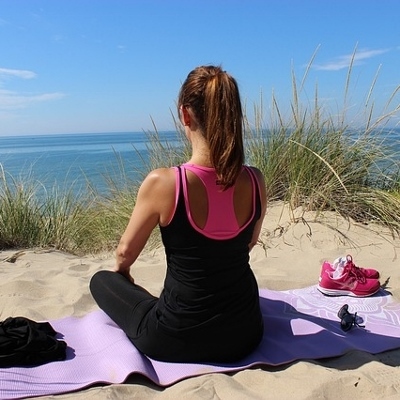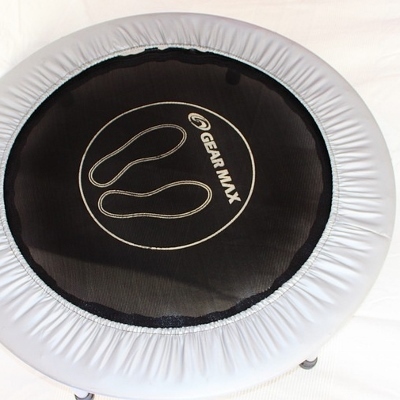 A hill where I live receives a good number of visitors every day, and more during the weekend. Whether they’re walking, running, or biking up it, there are always people going up and down that hill.
A hill where I live receives a good number of visitors every day, and more during the weekend. Whether they’re walking, running, or biking up it, there are always people going up and down that hill.
It might be because the verdant surroundings appeal to the general desire to flee the gray concrete jungle and bond with nature. I’m guessing that’s the case, because no one in their right mind would go charging up a 2-mile trek with a near-45 degree incline in some places, would they?
Of course, hill running (or walking or cycling) is nothing new in the pursuit of aerobic fitness. Consider it an intense supplement to all of the aerobic activities you would carry out on level ground.
One of the benefits of hill training, as determined by a Swedish study on runners, is that it results in an increased amount of aerobic enzymes produced in the quadriceps as compared to that produced when running only on flat ground. This means that you would be able to carry out the same activity at relatively high intensity for a longer period without experiencing fatigue.
Given the difficulty of hill running, it might be gratifying to know that hill runs are also a form of strength training in itself. This is because the challenge presented by gravity forces the muscles, particularly those in the lower body, to work harder than usual to maintain proper posture and form.
Upon the return to flat terrain, runners would also find that the risk of injury is reduced by virtue of the strengthening that has taken place from the hill running. In addition, the strength gained would almost certainly result in greater speed, which is pretty helpful when you intend to win a race.
Carried out consistently, hill training also provides the benefit of run-on fitness. That is, you would lose less aerobic fitness when you go without exercising for a certain time. There is also the belief that hill running can improve muscle, tendon, and ligament elasticity, i.e., builds fitness. As such, it’d be a good idea to incorporate hills into your routine if you haven’t already done so.





